The Samsung Galaxy J7 (2018) model features an LCD (Liquid Crystal Display) screen, not an OLED (Organic Light-Emitting Diode) display. Here’s a description of its display characteristics:
Samsung Galaxy J7 (2018) Display Specifications:
- Display Type: TFT LCD (Thin Film Transistor Liquid Crystal Display)
- Screen Size: 5.5 inches (diagonally)
- Resolution: 720 x 1280 pixels (HD)
- Pixel Density: Approximately 267 PPI (Pixels Per Inch)
- Aspect Ratio: 16:9
- Screen-to-Body Ratio: Around 72.3%
- Protection: No specific mention of Gorilla Glass or similar protection.
Key Features of the Display:
- LCD Technology:
- The TFT LCD screen provides decent color reproduction and brightness for everyday use.
- LCDs are generally more affordable than OLEDs, which is why they are commonly used in mid-range devices like the Galaxy J7 (2018).
- HD Resolution:
- The 720p resolution is sufficient for basic tasks like browsing, watching videos, and using apps, but it may not be as sharp as higher-resolution displays.
- Brightness and Viewing Angles:
- The display offers adequate brightness for indoor use but may struggle in direct sunlight.
- Viewing angles are decent but not as wide or consistent as those on OLED displays.
- Color Accuracy:
- Colors are reasonably accurate but may appear slightly less vibrant compared to OLED screens, which typically offer deeper blacks and more saturated colors.
- Energy Efficiency:
- LCDs are generally less energy-efficient than OLEDs because they require a backlight to illuminate the pixels.
Comparison with OLED:
- OLED Advantages:
- OLED displays offer better contrast ratios, true blacks, and more vibrant colors.
- They are thinner and more flexible, allowing for curved or edge displays.
- OLEDs are more energy-efficient when displaying darker content since individual pixels can be turned off.

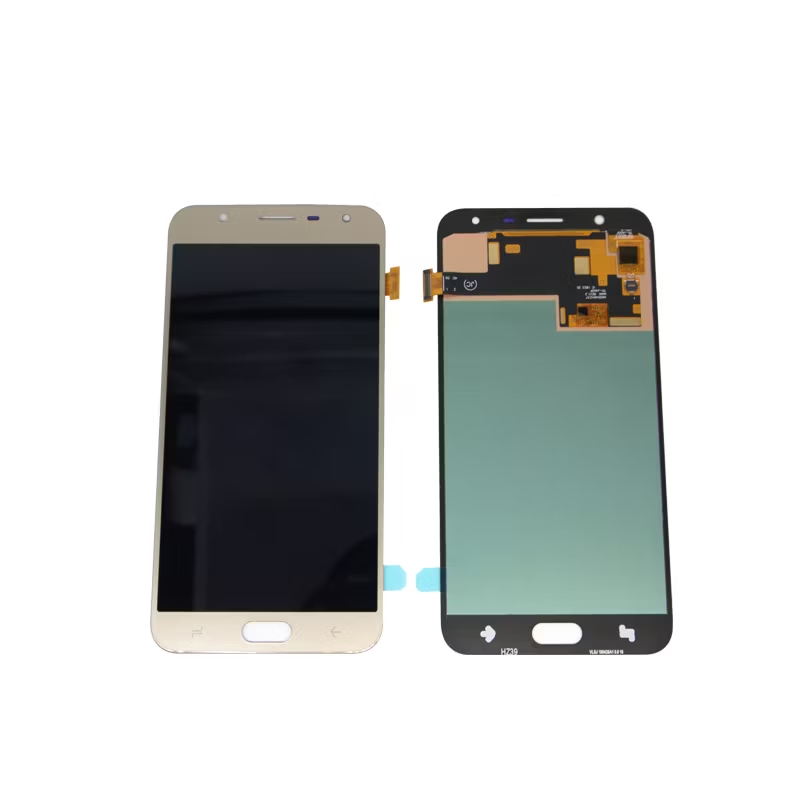



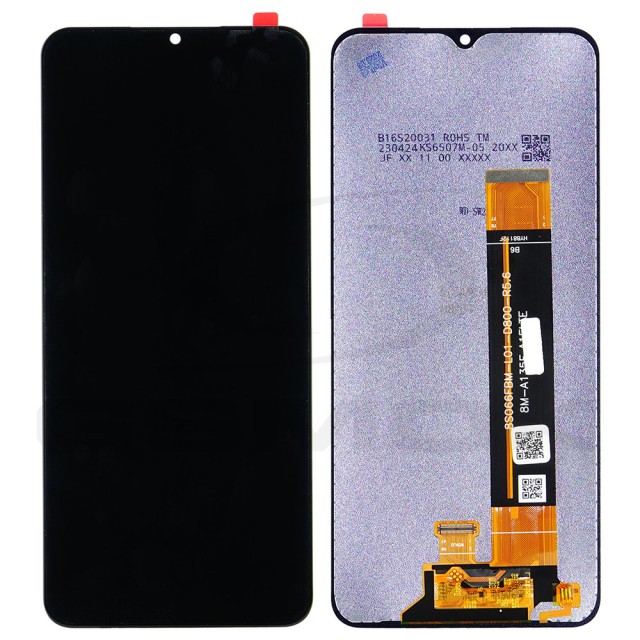
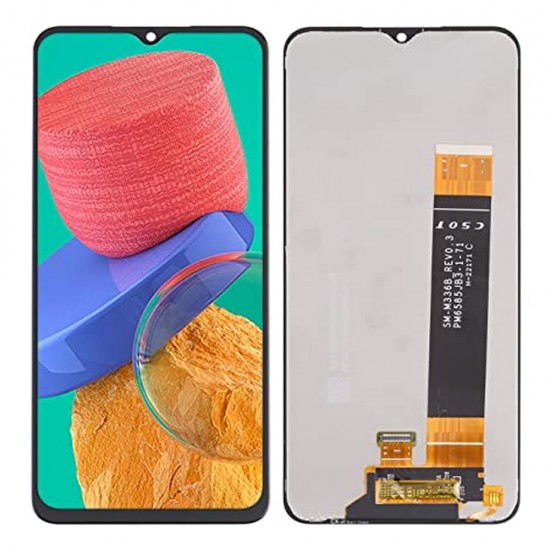
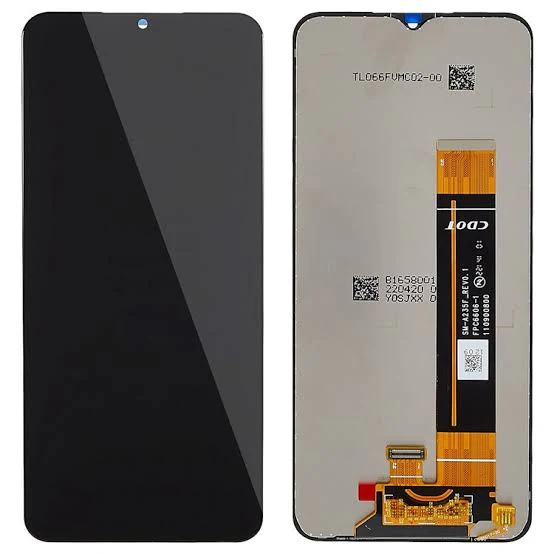
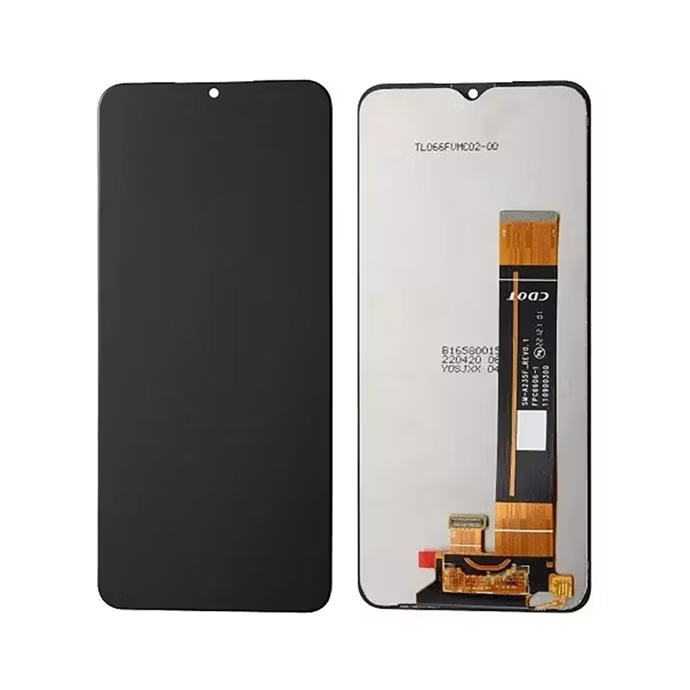
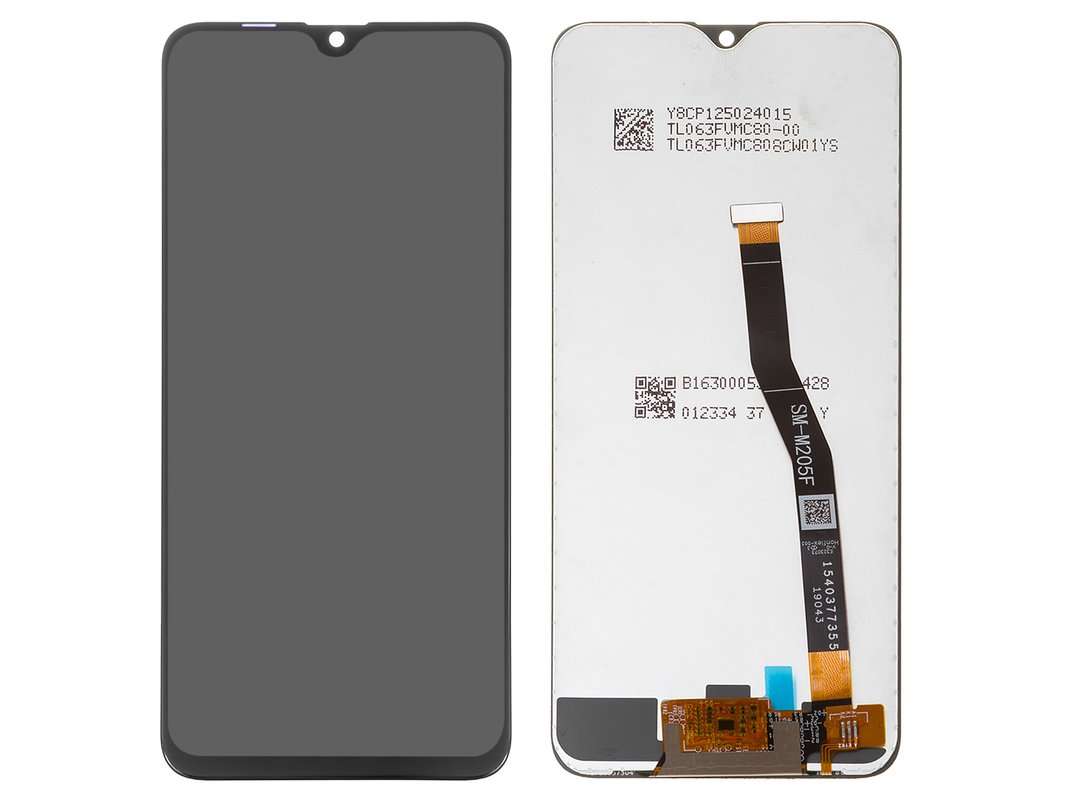
Reviews
There are no reviews yet.